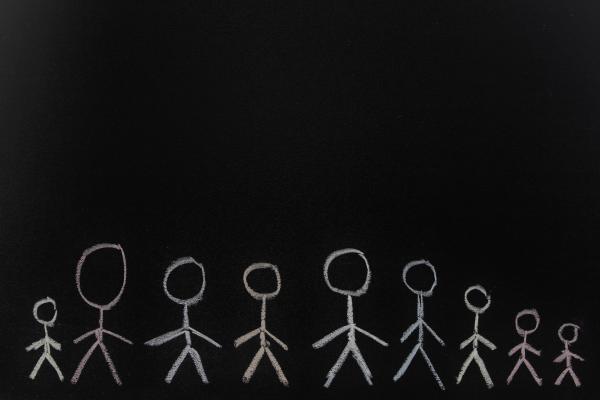IN OCTOBER, China’s Communist Party leadership announced the end of its nearly 40-year-old “one child” policy, announcing that all married couples could now have two children.
The one-child policy in China was established by Deng Xiaoping in the mid-1970s, first as a voluntary program, then as federal policy. He said it was necessary to make sure that “the fruits of economic growth are not devoured by population growth.” His tool for ensuring economic growth was the large-scale control of women’s bodies. The results have been well-documented: massive numbers of coerced abortions and sterilizations and women with “unapproved” pregnancies avoiding prenatal medical care for fear of such coercion. Women have been and continue to be intensely traumatized by a government policy that is indifferent to their pain.
This policy has also disrupted the gender balance in China. The introduction of ultrasound technology that easily identifies the baby’s gender in utero has led to female feticide—sex-selective abortions. Millions of little girls are dead because they were girls and not boys. Women are aborting their daughters because of their shared gender. What does this do to women’s own self-esteem and self-image?
This is not a glitch in China’s system of population control, but a central feature of it. If you have 50 women and one polygamous man, you can have many babies at once. But if you have 50 men and one woman, you get no more babies than if you have only one fertile man and one woman. If reducing the overall number of people is your goal, then targeting females gets you more bang for the buck, so to speak.
Read the Full Article

